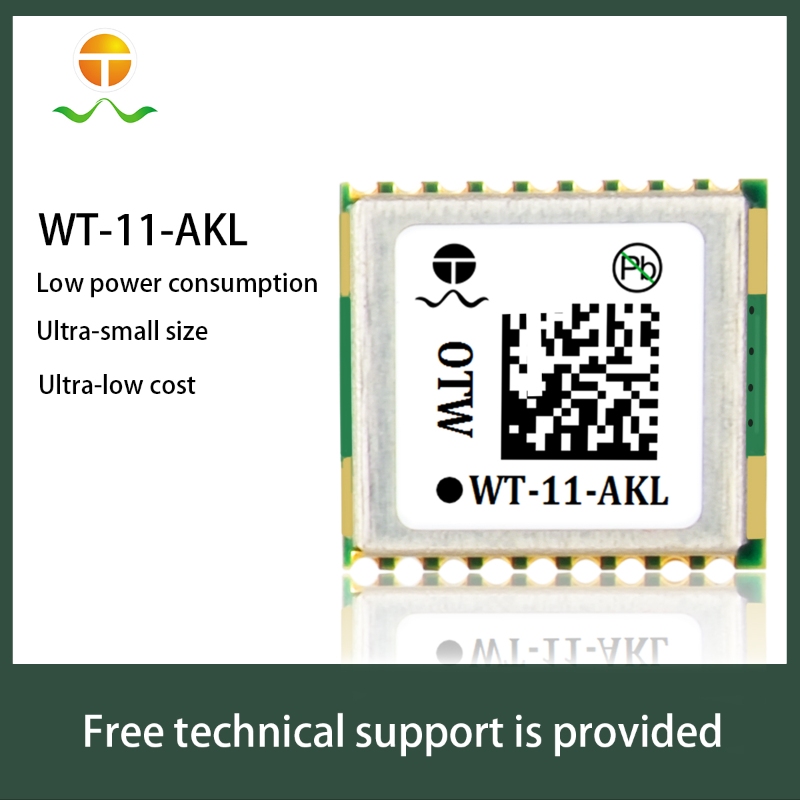À mesure que la demande de technologies portables augmente, le besoin de précision, un positionnement fiable est devenu crucial. From fitness trackers to advanced medical wearables, high-precision GNSS antennas are revolutionizing how people track their health and movement. But what exactly makes them so effective, and why are manufacturers integrating them into next-generation devices?
Why Accuracy Matters in Wearable Technology
1. Health Tracking Requires Precision
Modern wearables do more than count steps—they monitor heart rate, sleep cycles, and even oxygen levels. However, to analyze data in context, accurate location tracking is essential.
A high-precision GNSS antenna ensures real-time positioning accuracy within centimeters, enabling smarter health insights, such as calorie burn based on terrain and speed.
2. Outdoor and Fitness Users Demand Real-Time Data
Athletes, runners, and cyclists rely on GPS-enabled wearables to monitor routes, speed, and elevation. Traditional antennas often lose signal in urban or forested areas. In contrast, GNSS wearable technology utilizes multiple satellite systems—GPS, Glonass, Galileo, and BeiDou—to deliver continuous, precise data even in complex environments.
3. Smart Healthcare Relies on Reliable Location Feedback
In healthcare, precise tracking can be life-saving. Smart medical devices that monitor elderly or remote patients depend on GNSS antennas for smartwatches and medical bands to relay exact locations. This allows caregivers to respond quickly in emergencies.

How High-Precision GNSS Antennas Enhance Wearable Devices
1. Multi-Constellation Support
A key feature of high-precision GNSS antennas is their ability to access multiple satellite systems. This boosts signal reception, minimizes errors, and ensures consistent tracking performance, even in dense urban areas.
2. Compact and Low Power Design
Wearable devices require small, power-efficient components. Modern GNSS antennas are ultra-compact yet deliver exceptional sensitivity. This means longer battery life without sacrificing accuracy—perfect for all-day wear.
3. Integration with AI and Cloud Platforms
Smart health applications increasingly rely on cloud-based data analytics. By combining GNSS wearable technology with AI algorithms, manufacturers can offer predictive health insights—like detecting irregular activity or tracking recovery patterns after workouts.
Applications Across Industries
1. Smartwatch and Fitness Bands
High-precision GNSS antennas provide unmatched tracking for runners, hikers, and outdoor enthusiasts. Users can map their paths, analyze performance, and even share real-time locations with friends for safety.
2. Medical and Rehabilitation Devices
Hospitals and rehabilitation centers are adopting wearable GNSS devices to monitor patient movement. This helps doctors analyze progress, identify risks, and adjust therapy based on movement data.
3. Industrial Safety and Workforce Monitoring
In hazardous industries, such as construction or mining, GNSS-enabled wearables can track worker positions in real-time, improving safety and response times during emergencies.

Benefits of Using High-Precision GNSS Antennas in Wearables
-
Enhanced tracking accuracy: Reduces drift errors and ensures pinpoint positioning.
-
Faster signal acquisition: Quickly locks onto satellites, even in tough conditions.
-
Improved user safety: Real-time location tracking during emergencies.
-
Data-driven insights: Integrates with fitness and health analytics apps.
-
Global usability: Compatible with all major satellite systems worldwide.
Design Considerations for Wearable Manufacturers
For smartwatch and wearable manufacturers, integrating a precise GPS antenna requires balancing size, pouvoir, and performance. Key factors include:
-
Antenna placement: Avoid signal interference from other components.
-
Material compatibility: Metal casings can block signals—use RF-transparent materials.
-
Testing and calibration: Ensure high accuracy under real-world conditions.
-
Power optimization: Combine GNSS with motion sensors to conserve battery life.
The Future of GNSS in Smart Health Devices
The next wave of wearables will go beyond basic GPS tracking. With advances in high-precision GNSS antenna technology, we can expect innovations like:
-
Real-time health mapping: Integrating location and biometric data for deeper insights.
-
Predictive safety alerts: AI-powered GNSS tracking to prevent accidents.
-
Indoor positioning: Hybrid GNSS-Bluetooth solutions for seamless indoor-outdoor tracking.
Wearable manufacturers who adopt these technologies early will lead the smart health revolution, offering users not just data—but context and actionable insight.
Conclusion
From fitness trackers to advanced medical wearables, high-precision GNSS antennas are the cornerstone of next-generation smart devices. They provide unmatched accuracy, reliability, and efficiency—key factors that define user trust and performance.
As GNSS technology continues to evolve, so too will the potential for smarter health tracking and real-time location services, empowering users and businesses alike.
FAQ
1. What makes a high-precision GNSS antenna better than a regular GPS antenna?
It uses multiple satellite constellations, delivering centimeter-level accuracy and stable signal performance even in challenging environments.
2. Can GNSS antennas improve battery efficiency in wearables?
Oui. Modern GNSS antennas are optimized for low power consumption while maintaining strong signal reception, extending battery life.
3. Are GNSS antennas suitable for both fitness and healthcare wearables?
Absolutely. They enhance tracking precision for sports, rehabilitation, and patient monitoring applications across industries.







